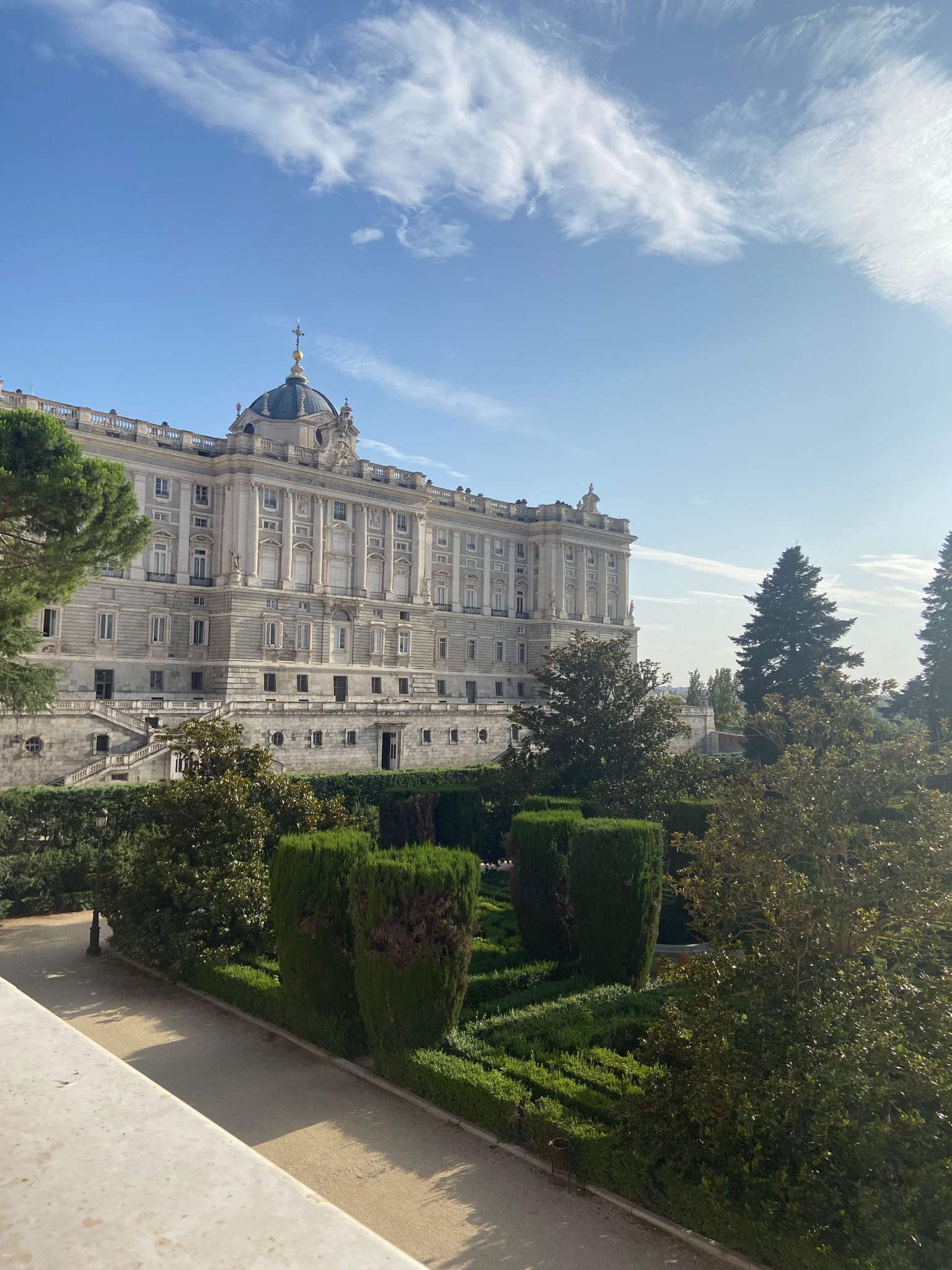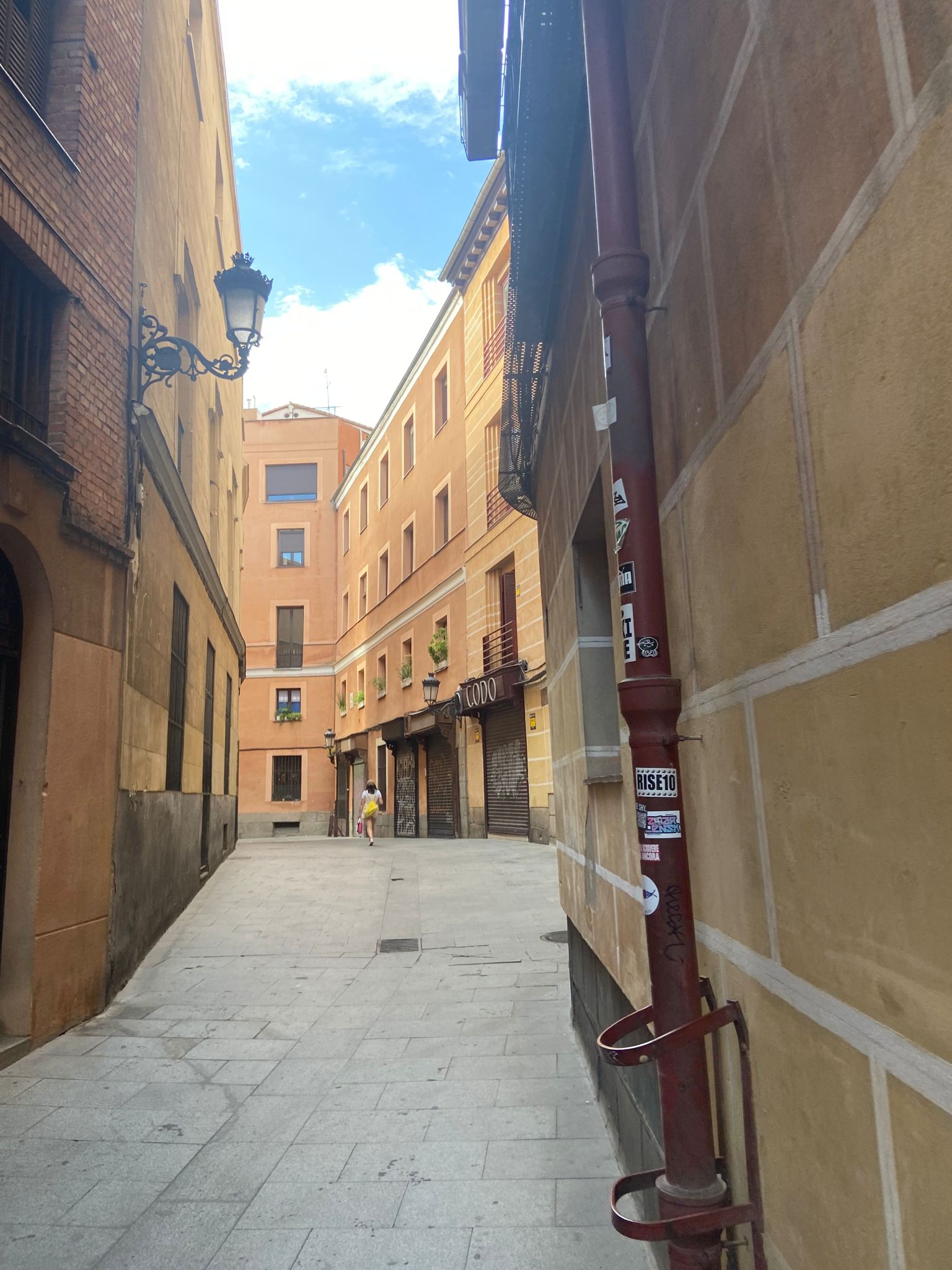Written By: Edgar Roman Almànzar ’24 (Session 2)
Before visiting historical landmarks such as the Royal Palace of Madrid and some of Madrid’s important neighborhoods today, we had discussed the topic of national identity in Spain. Spain has had much strife and struggle with finding its own identity and modernizing itself time over time. Through its many different periods in history, we have seen processes such as romanization (Rome conquering this region/territory) and Germanic invasions as well. When walking throughout Madrid today, we can see much of the influences of these prospective cultures in contemporary Spain, with cultural legacies such as architecture, roman theaters, and the foundation of many important Spanish cities all around the country; these cities include Barcelona, Cordoba, Mérida, and Zaragoza. There is also much religious influence in the country, considering the fact that it had been under the influence of Jews, Muslims, and Christians at least once each throughout the different eras of history that this country has had.

There is much Roman influence in the architectural style that Madrid has, which only makes me ponder about this giant influence on the rest of the country. As well as the Romans and Germanic tribes establishing influence, we can see how there was also a period in time of power from Islam; the expansion of Muslim presence in Spain lasted from 711-1492. We can see that much of Spanish language also derives from Arabic langage; much of the Iberian Peninsula has areas such as Andalucia which is derived from the name the Muslims gave the southern region of Spain, Al-Ándalus. To understand the many different art styles found in Madrid, we must also take a look at the historical context of the cultures that have existed on this land long before this city was created.
The image below is street called “Calle del Codo” joining two of Madrid’s plazas, the Plaza del Conde de Miranda as well as that of the Plaza de la Villa. It is supposed to mimic an arm, starting off wider at the shoulder and getting narrower when arriving towards the opposite end of the street, which is supposed to symbolize the wrist. At the entrance of this street, we see the door of Torre de los Lujanes. It is said to be the oldest civil building in Madrid, hailing from the 15th century, showing the importance Madrid has of preserving historical buildings all the while making its cultural heritage last longer.


